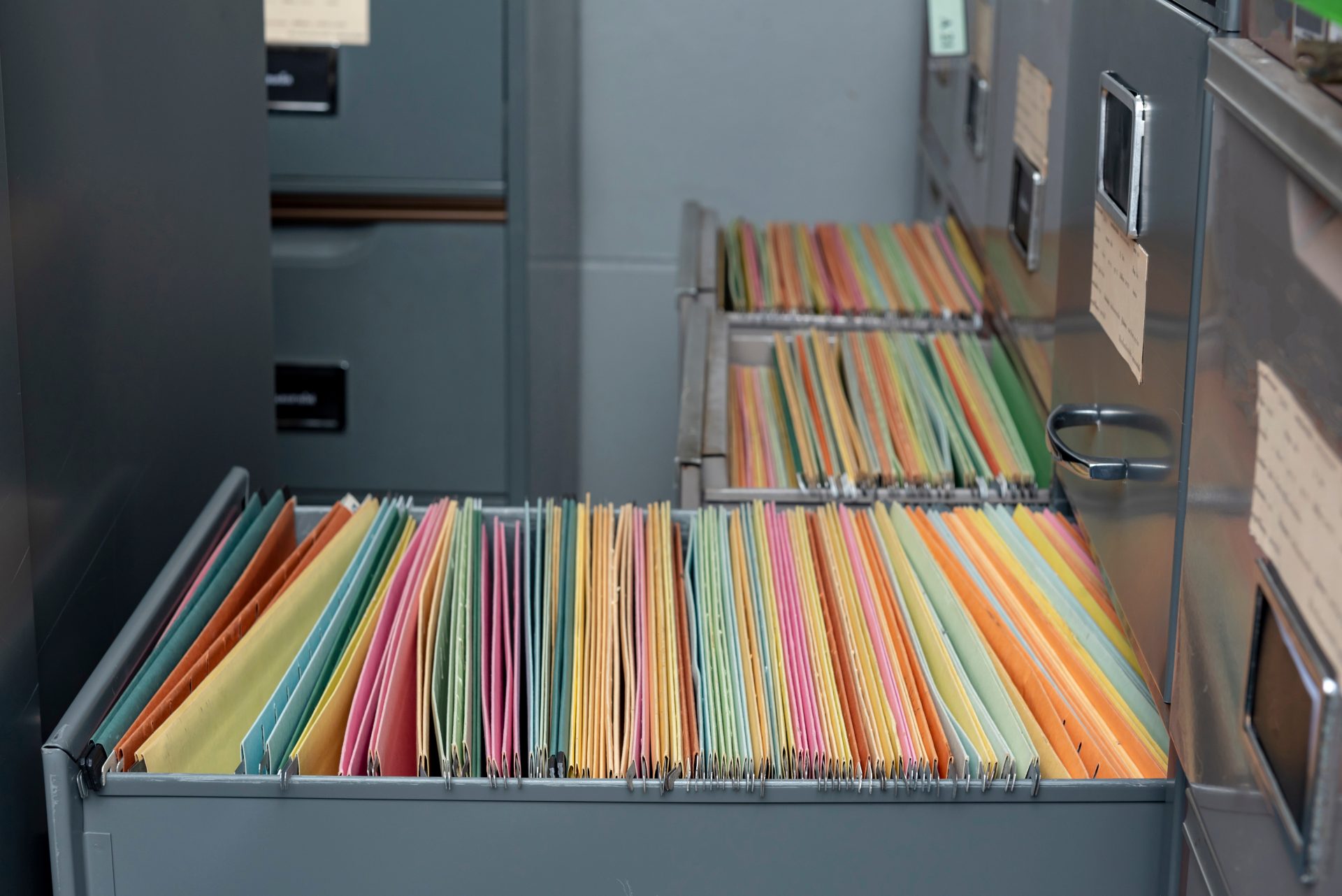More colleges are rethinking how they manage disability accommodations, and for good reason. Paper-based systems often create slowdowns, confusion, and added stress for both students and staff. By going paperless, schools can streamline the handling of requests, resulting in a faster and easier-to-manage process.
The Challenge of Paper-Based Accommodations
Paper-based systems were once the standard for handling accommodation requests. But today, they often create more problems than they solve. 83% of workers have had to recreate a document that already exists because they were unable to locate it. And when it comes to accommodations, recreating missing documents can be especially difficult.
As student needs increase, many colleges also find that manual processes are too slow, too limited, and too hard to manage. For schools seeking to support their students better, the shift to paperless is making more sense than ever. The examples below illustrate where traditional systems fall short and why campuses are moving to more effective solutions.
Manual Filing Can Lead to Misplaced Requests
Paper forms can get lost or filed in the wrong place. A single misplaced request can delay student support and cause confusion for staff. Without a straightforward way to track each step, it’s easy for things to slip through the cracks.
Staff Time Gets Eaten Up by Repetitive Paperwork
Handling requests by hand takes time. Staff often re-enter the same information, print documents, and scan them, as well as carry paperwork between offices. These small tasks add up, turning simple actions into hours of extra work.
Updates and Follow-Ups Can Slip Through the Cracks
With paper systems, it’s harder to determine what has been done or what still needs attention. There are no automatic reminders or shared updates. As a result, follow-ups may be missed, and students can be left waiting.
Paper Files Create Gaps in Security and Compliance
Storing sensitive information in physical folders makes it harder to protect. There’s no way to control who sees what or to track past activity. Paperless systems provide better security through access controls and built-in records, making it easier to meet accessibility standards.
Tracking Progress Is Harder Without a Centralized System
Without a shared system, staff rely on inconsistent methods like memory, notes, or email chains to stay updated. That makes it more challenging to determine the status of each request at a glance. It also slows things down and makes it harder to deliver consistent support.
How Going Paperless Saves Time and Reduces Errors
A paperless system helps staff save time by helping manage tasks that used to be done by hand. There’s no need to search through folders, copy the same information across forms, or manually send updates. The system supports the office’s current processes and accommodates various academic calendars. As a result, tasks such as assigning accommodations, tracking updates, and sending messages can all be managed in one place.
It also helps reduce mistakes. With built-in tracking, nothing gets lost or forgotten. Letters are saved and timestamped, so staff always know what was sent and when. And system-wide updates ensure that changes are clear and easy to follow. That creates a clear record that not only helps reduce legal risk, but makes staff more productive.
A Paperless Approach Frees Staff to Focus on Student Support
When schools switch to a paperless system, it’s not just the process that improves; the student experience also improves. Delays are shorter and updates are easier to get. Accommodations are also more likely to be ready from the get-go. That helps reduce stress for students who are already juggling school, their disability, and daily life.
It also gives staff more time to help students directly. Instead of spending hours hunting down the proper documents and filling out paperwork, they can answer questions, explain the next steps, or follow up when something changes. As a result, paperless tools make the whole process smoother from start to finish. That means students more easily get the support they need, and staff can keep up with the dynamic needs that many disabilities often require.
Digital Accommodation Systems Can Help Manage Any Paper Needs
Going paperless doesn’t mean paper goes away completely. Some steps, like mailing letters to students or instructors, still require printed documents. A digital system can support that by generating letters automatically with the correct dates and saving digital copies for future reference. That reduces errors and keeps everything organized and easy to find. It also eliminates the need for staff to manually create and track each letter, freeing up time for more direct support.
Paperless Systems Improve Communication Across Campus
Clear communication is a key part of making accommodations work. A paperless system helps staff stay connected with instructors, testing centers, and other departments. Instead of sending separate emails or forms, updates are in a unified location. That reduces confusion and keeps everyone informed with the latest information. It also helps ensure that students get the support they are approved for, even in complex academic settings.
Better Planning Starts with Clearer Digital Records
With everything unified in one digital system, it becomes easier to review how accommodations are being managed. On average, workers spend 19% of their week searching for information, which often results in wasted time. With an accessibility management system, staff can access student accommodation history, track activity, and retrieve records quickly for audits or planning purposes. That kind of visibility makes it easier to maintain consistency over time.
Powering a Paperless Future for Accommodations
Shifting away from paper is about more than changing formats. It’s about removing the friction that slows down support and adds stress for students navigating disability services. A paperless system helps staff respond with clarity and consistency. When the process runs smoothly, students are more likely to get the help they need without unnecessary delays.
Orchestrate AMS helps colleges streamline that process while staying aligned with campus policies. It supports needs such as provisional accommodations, adapts to complex workflows, and generates letters automatically to handle any remaining paper-based needs. With reporting to track progress and a message center to keep communication organized, schools can move beyond paperwork and spend more time supporting their students.



